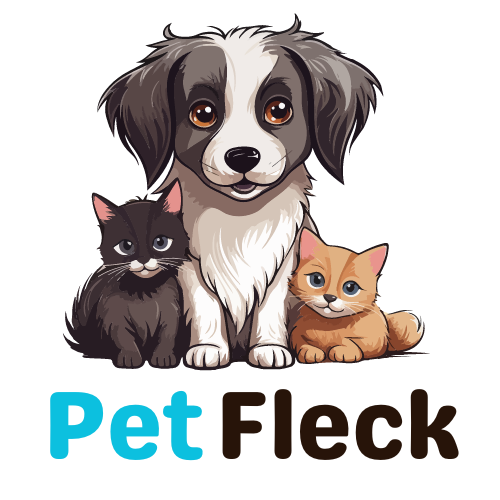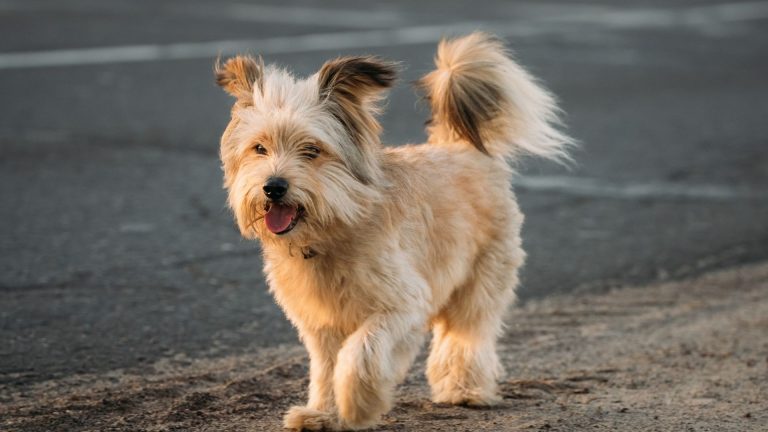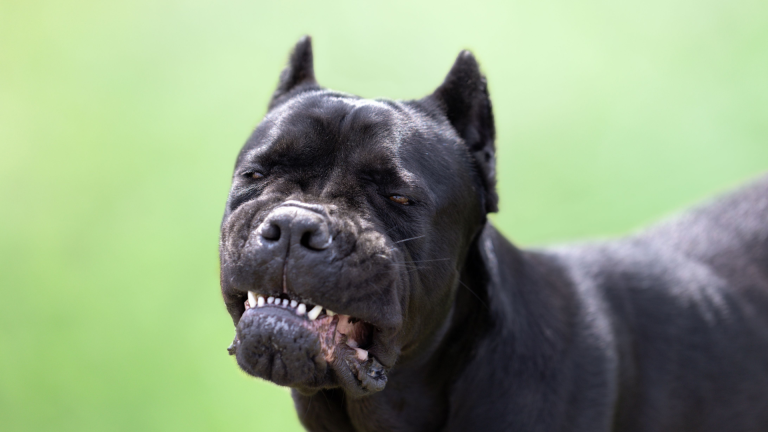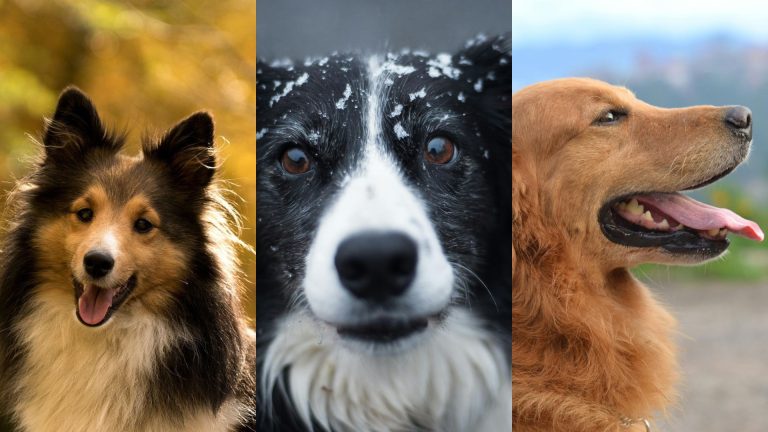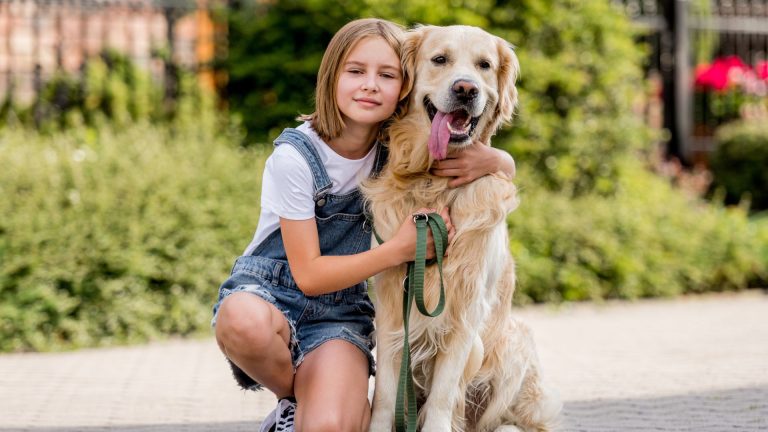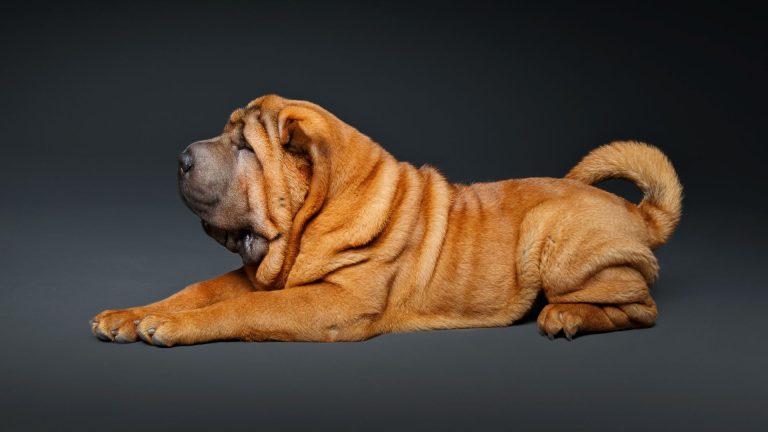Contents
Have you ever wondered about the dogs that help solve mysteries and bring closure to families? Cadaver dogs, also called human remains detection dogs, are true heroes. These remarkable canines are trained to find deceased individuals, often in challenging conditions.
Their incredible sense of smell and unwavering focus make them vital to police, search teams, and disaster response crews. But not just any dog can do this job.
This article will dive into the best cadaver dog breeds, what makes them special, and how they’re trained. Let’s explore the world of these remarkable dogs!
What Are Cadaver Dogs?
Cadaver dogs are trained to detect the scent of human decomposition. Unlike search and rescue dogs that look for living people, these dogs focus on finding remains—whether buried deep underground, hidden in water, or scattered in remote areas.
Their noses are so powerful that they can pick up traces of a body left behind days, months, or even years ago. With up to 95% accuracy when properly trained, cadaver dogs are a game-changer in solving cases and recovering remains.
Why Cadaver Dogs Are So Important
These dogs do more than locate remains—they bring peace to families and answers to investigators. Imagine a case of missing a person where hope is fading. A cadaver dog can provide closure by finding evidence that helps solve the puzzle.
They work in challenging situations, like crime scenes, natural disasters, or rugged wilderness, where humans alone might struggle. Their ability to stay focused and work tirelessly makes them invaluable partners to law enforcement and search teams.
Top Cadaver Dog Breeds
Not every dog has what it takes to be a cadaver dog. The best breeds combine a sharp sense of smell, high energy, and a strong desire to work. Here are the top breeds known for excelling in this role:
German Shepherd
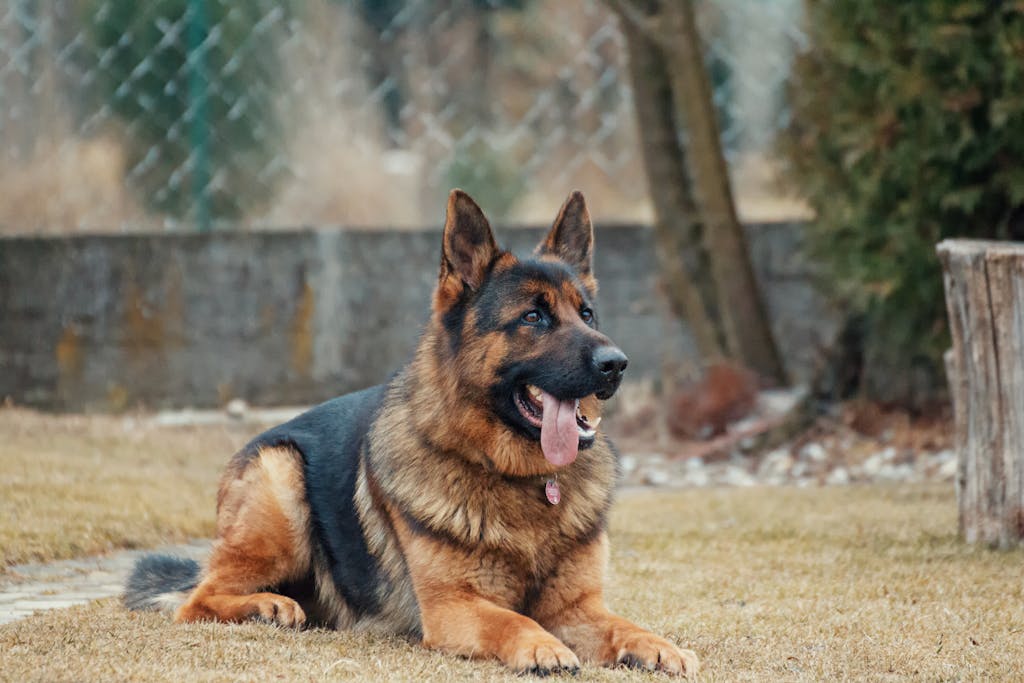
Known for their intelligence and versatility, German Shepherds are a top choice. Their strong noses and discipline make them great at detecting faint scents in challenging environments.
Labrador Retriever
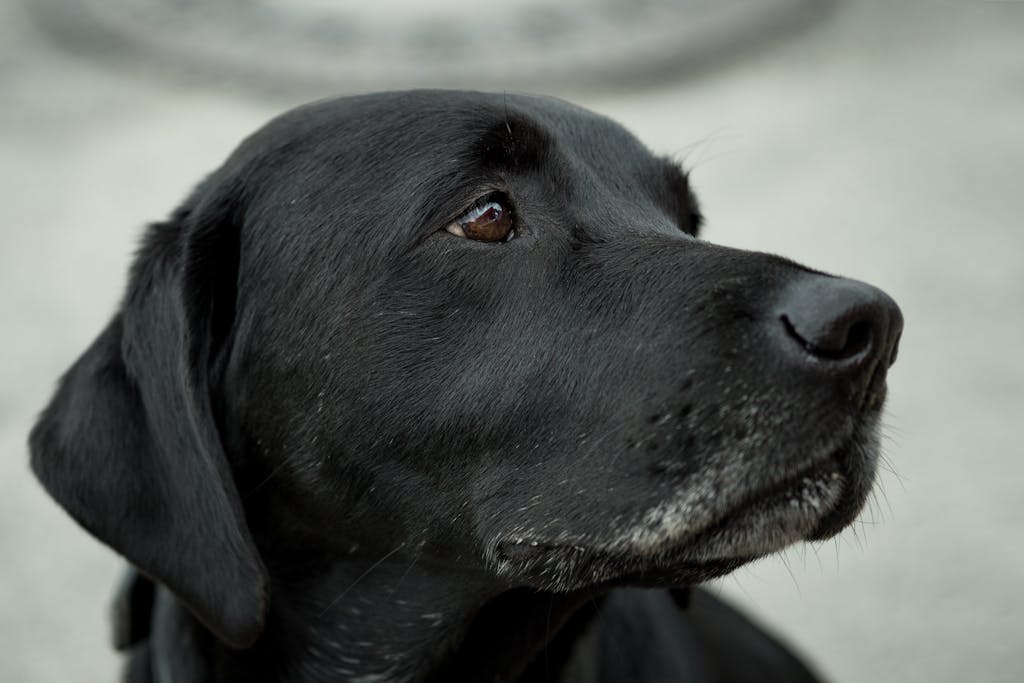
Labs are friendly, eager to please, and have an incredible sense of smell. Their gentle temperament and stamina make them perfect for long searches.
Belgian Malinois
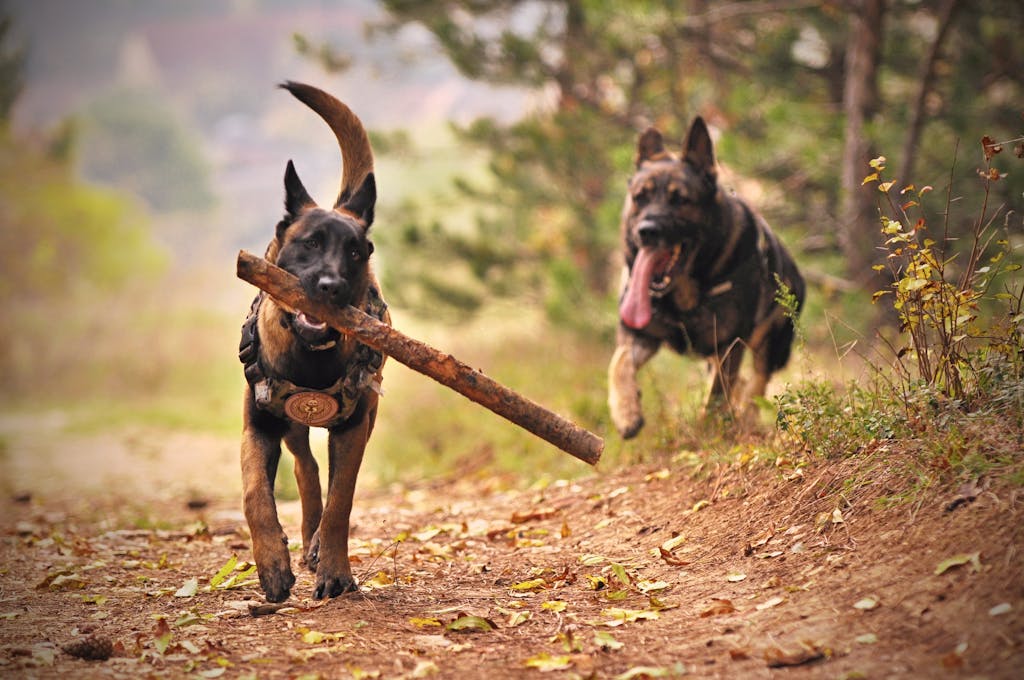
These high-energy dogs are fearless and focused. Their agility and drive help them navigate tough terrains, making them ideal for cadaver work.
Bloodhound
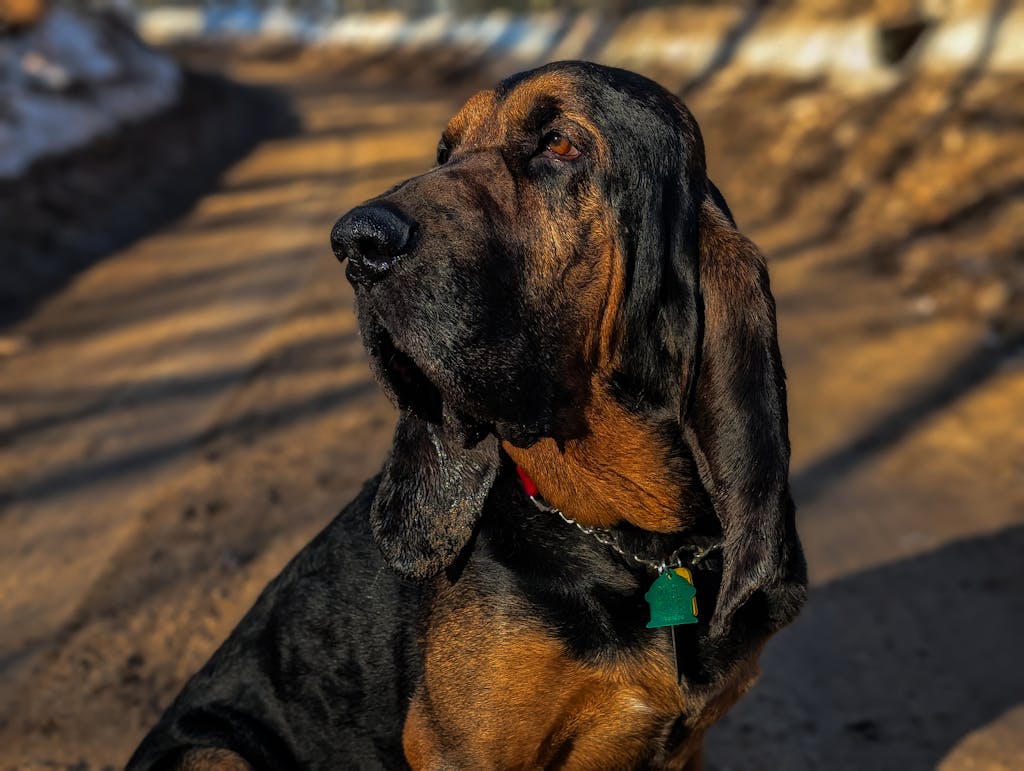
With noses 1,000 times stronger than a human’s, Bloodhounds are scent-tracking experts. They’re often used in cases requiring long-distance tracking.
Border Collie
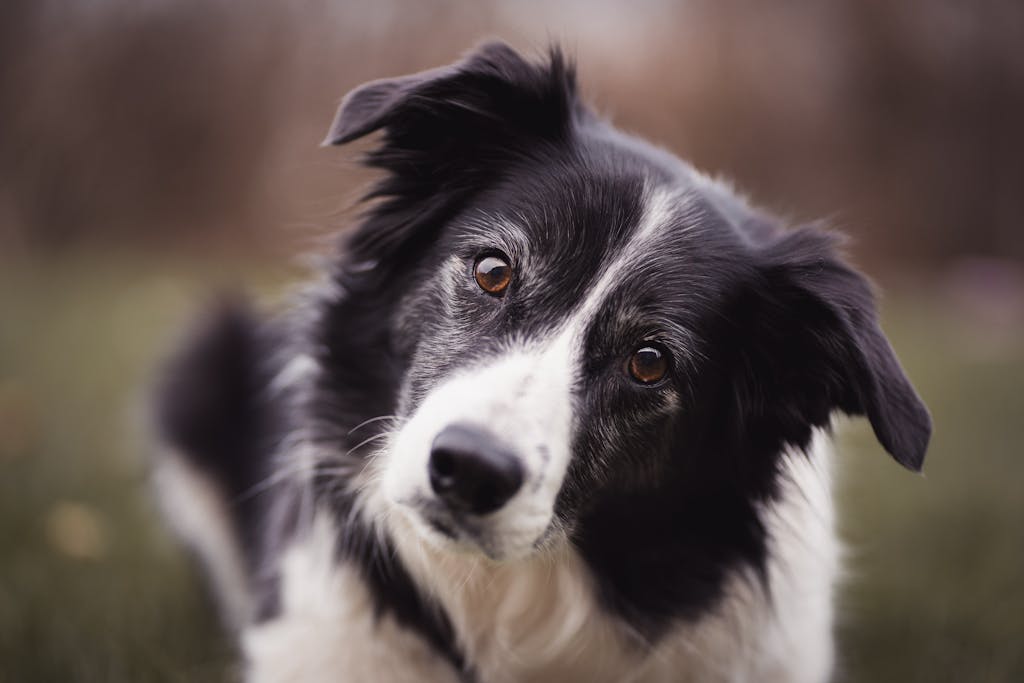
Bright and energetic, Border Collies excel in focused tasks. Their quick learning and stamina make them great for detailed search work.
Each of these breeds brings something unique, but they all share traits like loyalty, trainability, and a nose for the job.
Why These Breeds Excel
All dogs have great noses, but cadaver dog breeds take it to another level. Their olfactory systems can detect the tiniest chemical changes in the air, picking up scents humans can’t imagine. For example, a Bloodhound can smell a single drop of blood in a vast field. This ability lets them find remains hidden under dirt, water, or debris.
Work Ethic and Trainability
Cadaver dogs need to stay focused for hours, often in stressful settings. Breeds like German Shepherds and Belgian Malinois have a natural drive to work and please their handlers. They learn complex commands quickly and can handle the mental challenge of searching billions of faint scents without getting distracted.
Physical Stamina
Searching for remains can mean long days in rough conditions—muddy forests, rocky hills, or disaster zones. Labs and Border Collies have the energy and strength to keep going, while their agile bodies help them move through rugged terrain.
How Cadaver Dogs Are Trained
Training a cadaver dog is no small task. It takes months, sometimes years, to prepare them for real-world searches. Here’s how it works:
- Scent Introduction: Trainers start by teaching the dog to recognize the smell of human decomposition. They use safe, controlled materials, like scent samples, to build familiarity.
- Tip: Dogs are rewarded with treats or toys to make learning fun.
- Search Practice: Dogs practice finding scents in different settings, such as fields, forests, or buildings. Trainers hide samples in harder spots over time to build skills.
- Tip: Handlers use commands like “seek” to signal it’s time to work.
- Alert Training: Each dog learns to signal a find, like sitting, barking, or pawing. This ensures handlers know precisely when the dog detects something.
- Tip: Consistency is key—dogs must always alert the same way.
- Real-World Scenarios: Dogs train in realistic conditions, like mock crime scenes, to prepare for actual searches.
Handlers also train alongside their dogs, learning to read their behavior and trust their instincts. It’s a true partnership built on trust.
Caring for Cadaver Dog Breeds
These working dogs need special care to stay at their best. Here’s how to keep them healthy and happy:
- Exercise: Cadaver dogs are high-energy and need at least 1-2 hours of activity daily. Long walks, runs, or play sessions keep them fit.
- Mental Stimulation: Puzzle toys, training games, or scent work prevent boredom, especially for intelligent breeds like Border Collies.
- Grooming: Regular brushing keeps their coats clean, especially after muddy searches. Check ears and paws for dirt or injuries.
- Diet: Feed high-quality food to fuel their active lifestyle. Consult a vet for portion sizes based on their weight and work level.
Common Mistakes to Avoid
Even the best breeds need proper care and training. Here are mistakes to steer clear of:
- Skipping Training Consistency: Cadaver dogs need regular practice to stay sharp. Inconsistent training can lead to unreliable performance.
- Ignoring Rest: These dogs love to work, but overworking them can cause burnout or injury. Balance work with rest and play.
- Neglecting Bonding: The handler-dog bond is crucial. To strengthen your partnership, spend time building trust through play and affection.
Are Cadaver Dogs Right for You?
If you’re considering training a dog for cadaver work, know it’s a big commitment. These breeds thrive with active, dedicated handlers who can invest time in training and care. They’re not typical pets—they need a job to stay happy. If you’re not ready for that, consider supporting cadaver dog teams through donations or volunteering with search organizations.
Cadaver dog breeds like German Shepherds, Labs, and Bloodhounds are more than just dogs—they are heroes who bring closure and answers in the toughest moments. Their incredible noses, tireless work ethic, and loyal hearts make them perfect for this vital job. By understanding their training and care, we can appreciate their fantastic work. Want to learn more or support these teams? Look into local search and rescue groups or share this article to spread the word!
FAQs
- What breeds are best for cadaver dogs?
German Shepherds, Labs, Belgian Malinois, Bloodhounds, and Border Collies are top choices for their scent skills and focus. - How long does it take to train a cadaver dog?
Training can take 6 months to 2 years, depending on the dog and the complexity of the work. - Can any dog become a cadaver dog?
Not every dog has the right traits. Breeds with strong noses and high energy are best suited. - Do cadaver dogs get stressed?
They can, but proper training, rest, and care help keep them happy and healthy. - How can I support cadaver dog teams?
Donate to search and rescue organizations or volunteer to help with training and operations.

Hello, I’m Donna Carter, the founder and writer behind PetFleck.com. My journey with dogs started years ago, and it’s been a passion that has only grown stronger over time. I’ve always been fascinated by the unique behaviors and characteristics of different dog breeds, and this curiosity has led me to dive deep into the world of canine studies.
My love for dogs is the driving force behind everything I do. I’ve dedicated countless hours to researching and understanding the nuances of dog care, training, and breed-specific traits. This dedication helps me create content that is not only informative but also genuinely helpful for fellow dog lovers and owners.
At PetFleck, I combine my extensive knowledge and hands-on experience with my passion for dogs to provide valuable insights and tips. Whether it’s exploring different breeds or offering practical advice on dog care, I aim to share knowledge that makes a real difference in the lives of dogs and their families.
I’m thrilled to share my love for dogs with you through my writing. I hope my articles inspire and inform, helping you to better understand and appreciate the incredible bond we share with our furry friends.
Thank you for visiting PetFleck.com, and I look forward to connecting with you through our shared love of dogs!
